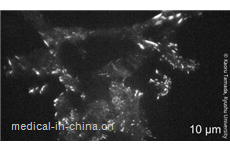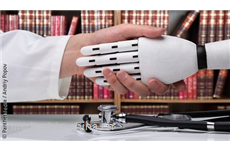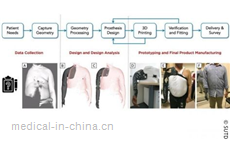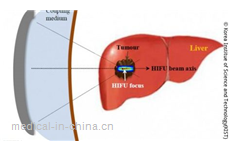
Higher-resolution imaging of cells using plasmonic metasurfaces
In the quest to image exceedingly small structures and phenomenon with higher precision, scientists have been pushing the limits of optical microscope resolution, but these advances often come with increased complication and cost.

Using artificial intelligence can improve pregnant women's health
Researchers from the University of Seville have carried out a rigorous and detailed analysis of how artificial intelligence has been used with pregnant women over the last twelve years.

New artificial skin functions like natural skin
Researchers at the RIKEN Center for Biosystems Dynamics Research (BDR) have developed an improved human-skin equivalent that reproduces traction-force balance in the lateral direction, a property that controls the structure and physiological function of skin. This artificial skin will enhance in-depth analyses of physiological skin functions, provide solutions to skin problems caused by diseases or ageing, and reduce the need for animal testing.

Customized prosthesis using 3D printing
Upper limb forequarter amputations which involve the removal of the entire arm and scapula require highly customized prosthetic devices that are expensive but yet, usually underutilized due to their high maintenance and low comfort levels. At the same time, while cosmetic prostheses - artificial limbs which provide patients the appearance of a pre-amputated body part - have a higher rate of continuous use, they have limitations in functional use.

Destroying cancer cells with non-surgical ultrasound treatment
Demonstrated the mechanism behind the secondary generation of cavitation clouds that mechanically fractionates surrounding tissue in focused ultrasound treatment. Laid the groundwork for precise removal of the target tissue.